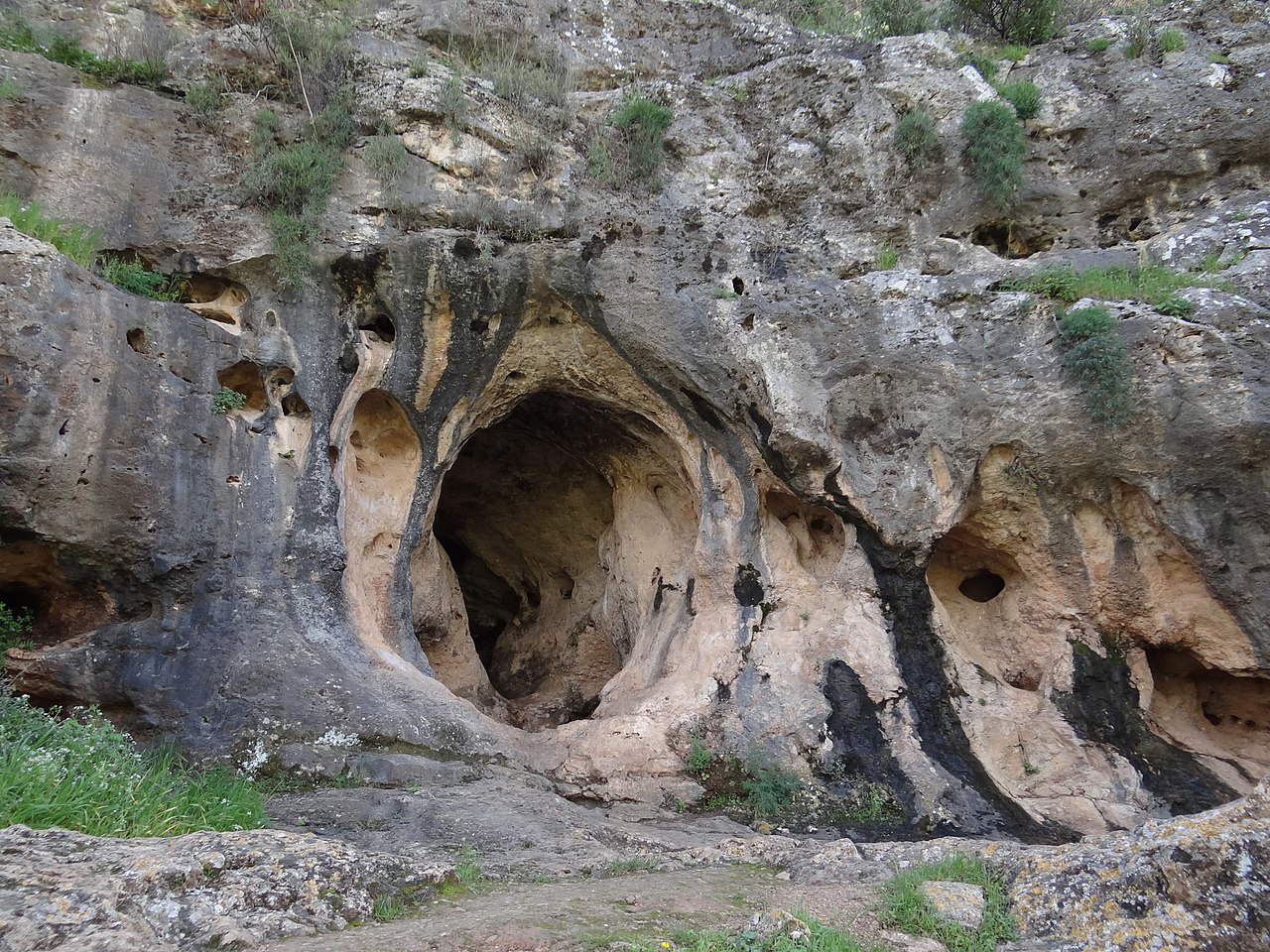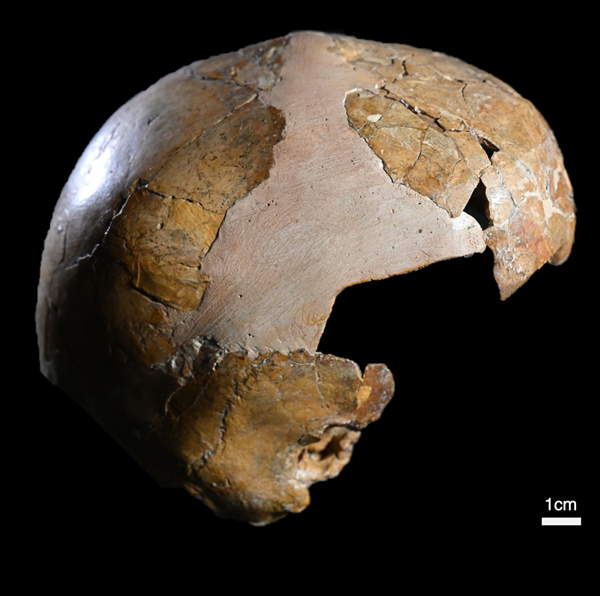An archaeological discovery from Israel that marks an important milestone for the history of human evolution: an international team of researchers fromTel Aviv University and the French National Center for Scientific Research (CNRS) has in fact identified in Skhul Cave on Mount Carmel the fossil of a child who lived about 140,000 years ago, revealing the world’s oldest evidence of interbreeding between Homo Sapiens and Neanderthal beings. This find backdates the interactions between the two populations by more than 100,000 years and provides new evidence on the biological and social ties that united them.
The child, estimated to be around five years old, shows morphological features belonging to both human groups, a fact hitherto thought impossible because Neanderthals and Homo sapiens were considered distinct species until recently. Scholars pointed out that the skeleton represents the result of continuous genetic infiltration of local Neanderthals within Homo sapiens populations, indicating that contacts between the two groups were regular and prolonged over time.

The team led by Professor Israel Hershkovitz, of Tel Aviv University’s Gray Faculty of Health and Medical Sciences, together with Anne Dambricourt-Malassé of CNRS, conducted a detailed morphological analysis of the skeleton using micro-CT scans of the skull and jaw, taken at Tel Aviv University’s Shmunis Family Anthropology Institute. “This discovery,” they explain, “reveals the oldest human fossil in the world to exhibit morphological traits from both of these human groups, which until recently were considered two distinct species. The study shows that the five-year-old boy’s skeleton is the result of continuous genetic infiltration from the local-and older-Neanderthal population into the Homo sapiens population.” The data collected by the scholars made it possible to create accurate three-dimensional models, including invisible internal structures such as the ear, and to compare anatomical features with those of different hominid populations. To study the network of blood vessels around the brain, researchers also digitally reconstructed the inside of the skull, obtaining previously unpublished information on the physiology and connections between Homo sapiens and Neanderthals.
The find in Skhul Cave represents the first concrete scientific evidence of biological and social interactions between the two populations in the very territory of present-day Israel. For decades it was believed that Neanderthals were confined to Europe, migrating to the Levant only about 70,000 years ago following the ice ages. Earlier studies, however, notably those in 2021 published in the journal Science, had already demonstrated the presence of archaic Neanderthals in Israel about 400,000 years ago, belonging to a group referred to as "Nesher Ramla Homo," referring to the site near the Nesher Ramla factory where similar fossils had been discovered. These individuals had been in contact with early Homo sapiens who came out of Africa about 200,000 years ago.
“Genetic studies over the past decade have shown that these two groups exchanged genes,” Professor Hershkovitz explains. “Even today, 40,000 years after the last Neanderthals disappeared, part of our genome-2 to 6 percent-is of Neanderthal origin. But these genetic exchanges occurred much later, between 60,000 and 40,000 years ago. Here, however, we are talking about a 140,000-year-old human fossil. In our study we show that the child’s skull, which in general shape resembles that of Homo sapiens-especially in the curvature of the cranial vault-but has an intracranial circulation system, a mandible and an inner ear structure typical of Neanderthals.”

The Skhul cave child represents the oldest human fossil in the world to show morphological traits of both populations. Its discovery testifies to social and biological relationships that lasted for millennia, before local Neanderthals were gradually absorbed into the Homo sapiens population, similar to what happened to European Neanderthals. This evidence confirms that interbreeding between the two species were not isolated events, but widespread and constant phenomena, with fundamental implications for understanding our evolutionary history. “The fossil we studied is the oldest known physical evidence of interbreeding between Neanderthals and Homo sapiens,” Hershkovitz concludes. “In 1998, the skeleton of a child was discovered in Portugal that showed traits of both groups. But that skeleton, dubbed ’the child of the Lapedo Valley,’ was 28,000 years old-more than 100,000 years after the Skhul child. Traditionally, anthropologists have attributed the fossils found in Skhul Cave, along with those from Qafzeh Cave near Nazareth, to an early group of Homo sapiens. The current study reveals that at least some of the Skhul cave fossils are the result of a continuing genetic infiltration from the local -- and older -- Neanderthal population into the Homo sapiens population.”
The study’s authors also point out that in-depth analysis of the skeleton allows them to observe not only cranial and mandibular features, but also invisible anatomical details, opening up new insights into the development and physiology of early modern humans. The work, published in the journal L’Anthropologie, aims to provide a basis for revising hypotheses about the evolution of Neanderthals and early Homo sapiens populations.
 |
| Discovery on Mount Carmel of the oldest known cross between Homo Sapiens and Neanderthals |
Warning: the translation into English of the original Italian article was created using automatic tools. We undertake to review all articles, but we do not guarantee the total absence of inaccuracies in the translation due to the program. You can find the original by clicking on the ITA button. If you find any mistake,please contact us.